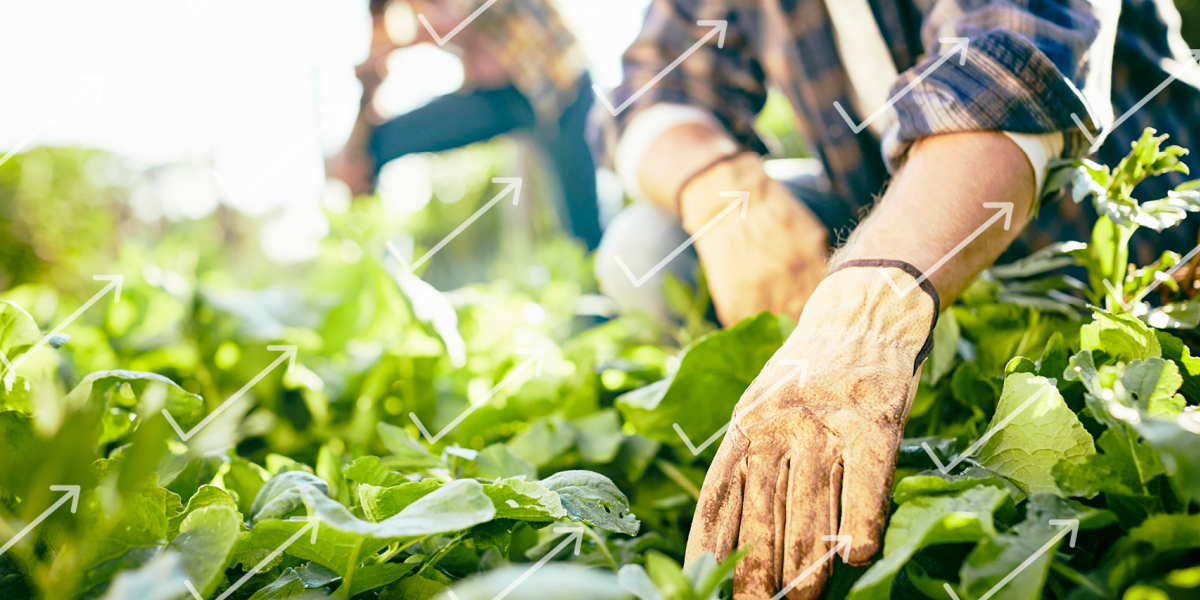
June 29, 2020
By Stephanie Cairns and Alice Irene Whittaker
This post is part of Smart Prosperity Institute’s Smart Stimulus Project and supports the work of the Task Force for a Resilient Recovery. Want to receive our latest analysis and insights? Sign up for our monthly updates here.
COVID-19 is challenging some elements of the circular economy agenda, and advancing others. Much profile has been given to the imperative to align COVID recovery investments with net zero emission targets. At a deeper level, however, the current global situation is revealing vulnerabilities in current economic systems that parallel some of the drivers for a circular economy. These revelations are making the need for this vital shift more abundantly clear than ever before.
As we recently articulated, the shocks of the current global pandemic and economic slowdown to the socio-economic system present a tipping point and acceleration towards a circular economy. The circular economy offers principles of resilience and renewal that have important applications for how Canada rebuilds its economy and Canadians restructure their way of life.
At its heart, a circular economy is about resilience – about the design of an economy able to support good livelihoods for a forecast future 9.7 billion people within planetary boundaries. Circular economy strategies to retain the value from resources and products, now treated as waste, aim to increase supply chain and resource security (among other goals). These strategies also promise to localize availability of these secondary materials at more regional or firm levels.
The current pandemic has brought supply chain vulnerabilities into fast relief. Overreliance on long and complex global supply chains, and the highly specialized manufacturing centres key to efficient production, have proved vulnerable to disruptions like shutdowns and border closures. At the same time, calls for the creation of exclusively local supply chains ignore that, taken to extreme, these would also be susceptible to other local disruptions, such as natural disasters or upheaval. Nature teaches us that diversity and redundancy are the key to resilience, and that is true also for supply chains. The key will be in finding a resilient and diversified balance between strengthened global and local supply chains, using materials to their greatest efficiency and highest purpose, and accelerating the use of secondary materials already abundant in local economies.
Resilience is pivotal at this extraordinary moment of emergency response. At the very time when millions of Canadian households are in need, overly centralized food distribution systems have shown their vulnerabilities, with challenging economic impacts on farmers and unequal distribution to citizens. Increasing our food security is of utmost importance as we face a future of more shocks related to both pandemic and climate. Decreasing, diverting or repurposing food waste has the double advantage of also decreasing greenhouse gas emissions.
We need to reshape how we grow, transport, package and consume our food. As the farm-to-table chain is tested in real time, we need to be exploring where and how principles of circularity and resilience can mitigate risks to food security. As Jocelyn Blériot of the Ellen MacArthur Foundation recently wrote, “(It) appears timely to further explore the potential of large-scale investment in regenerative, peri-urban production, together with digitally-enabled precision agriculture.” The benefits of this include decreasing dependency on fossil-fuels, improving workers’ rights, increasing nutrition, shortening producer-to-consumer distances, and helping to mitigate the climate crisis.
Agriculture and food are just one example among many where principles of circularity can be applied to address interdependent challenges and strengthen resiliency. This kind of thinking should be extended to all sectors as they are re-examined and rebuilt in the wake of COVID. It is also essential that we measure and track progress on a resilient recovery, to ensure that policies are advancing our objectives and holding steadfast to values of sustainability, equity and resilience.
The global economic landscape is changing on a daily basis, as is the response to the virus itself, and information and insights will only become more tangible in the months ahead. As a new landscape emerges, we should ensure that a circular economy remains front and centre so that we can build a more resilient economy and society for the future. As Lauren Phipps from GreenBiz recently wrote, "Rather than ask, “How will the pandemic impact the shift towards a circular economy?” I think the more apt and timely question should be, “How can we employ principles of circularity to navigate disruption and transform a post-pandemic world?”
It is those principles of circularity that we should hold fast in our minds. The recovery of our economy could very well be a tipping point for the circular economy. As we build post-COVID economies and societies, everyone will benefit if we are relentless in our continued curiosity about, and commitment to, resilience and renewal.